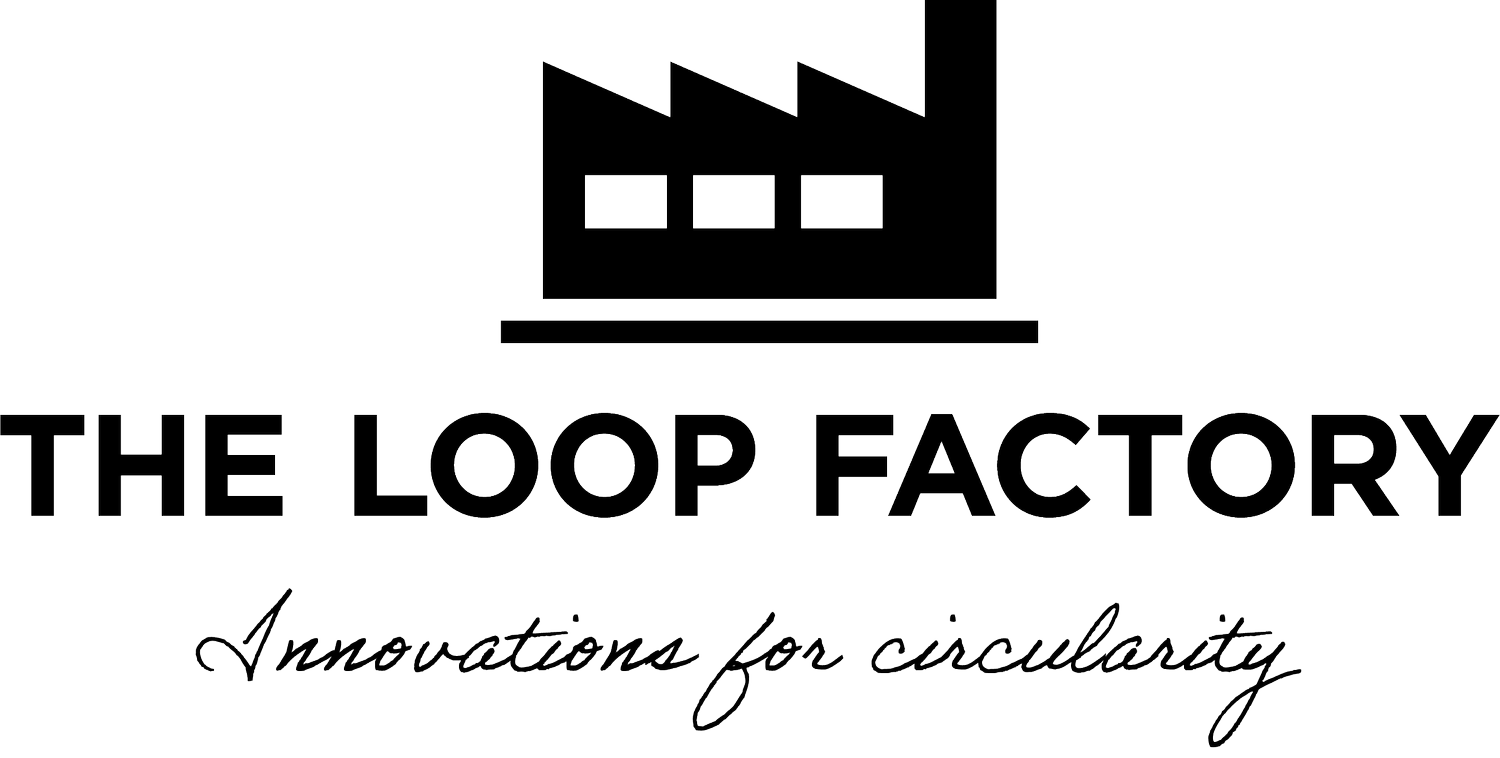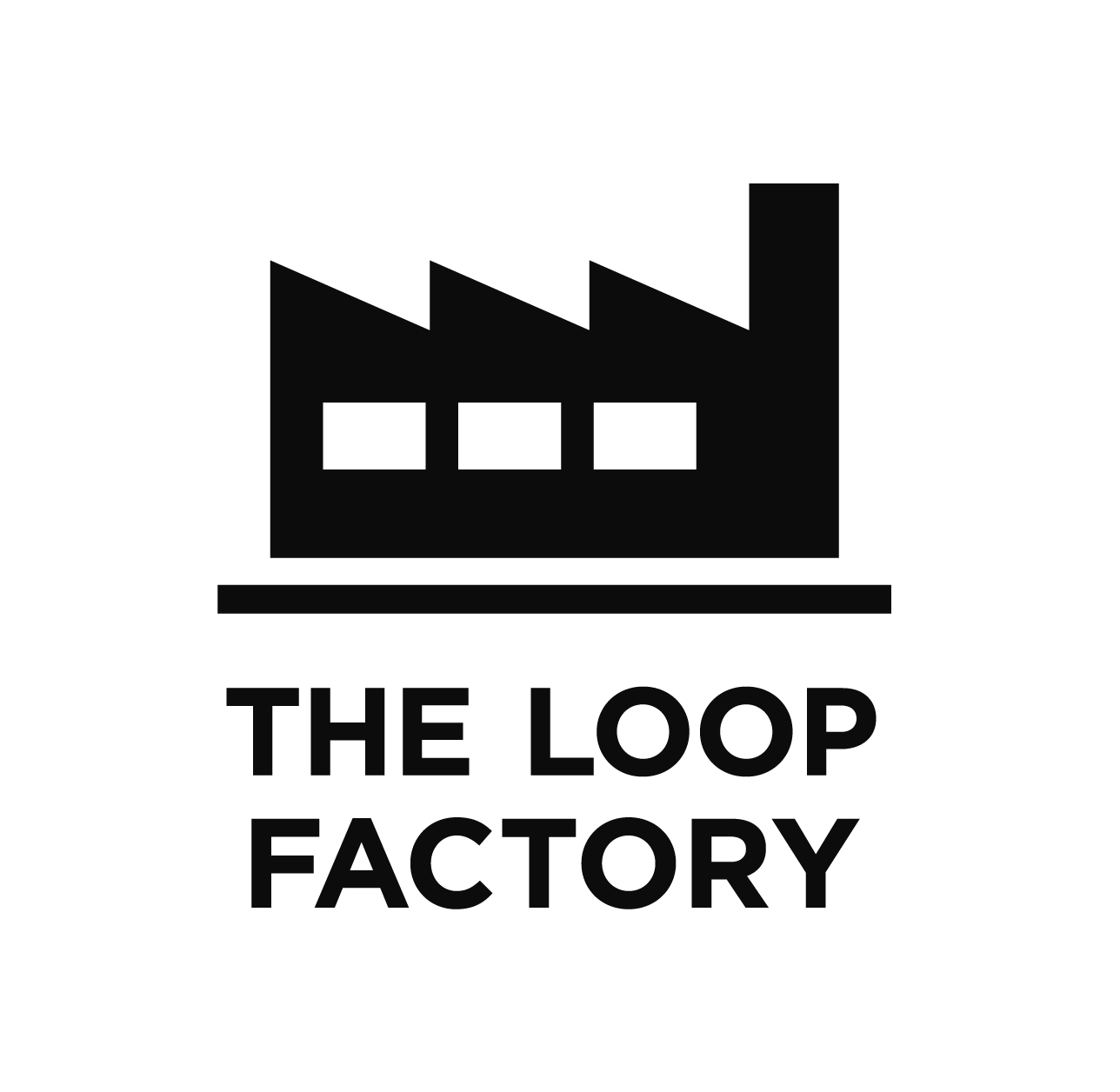
textiles4impact
Let’s address the growing challenge of textile waste and the need to transition to a circular textile industry. Our aim is to accelerate the implementation of secondary textile raw material within the nonwoven industry.
BACKGROUND
In Europe, about 9 million tons of textile waste are being either incinerated or deposited, hence, innovative solutions are required. Also, new laws and regulations are emerging within the textile industry (producer responsibility, waste management, sustainability reporting, etc.). A systemic approach is needed for the industry to become more resource-efficient: a crucial factor is the ability to scale up sustainable, circular innovations.
CHALLENGE
There is a lack of knowledge concerning the market's and the customer's attitude regarding benefits and concerns linked to the use of secondary textile raw materials and nonwovens. If we can better appreciate those perspectives, we can also develop more resource-efficient value chains. We also need to reflect about how secondary raw materials affect designs for specific products and their areas of use, which can be evaluated while produce customised prototypes.
SOLUTION
We aim to accelerate the implementation of secondary textile raw materials within the nonwoven industry by addressing three parts: developing resource-efficient value chains for secondary textiles, engaging in dialogue with customers to ensure market-adapted solutions, and advanced use of nonwoven technology to process textile waste streams that cannot be reused or recycled into new textiles.
RESULT
The goal is to develop resource-efficient value chains for secondary textiles, dialogue with customers to ensure market-adapted solutions, and investigate advanced use of nonwoven technology to treat textile residual streams that cannot be reused or recycled into new textiles.
WHY NONWOVEN?
The nonwoven technology is robust for managing textile waste: it is energy-efficient and less sensitive to fibre quality. By combining techniques, new materials can be created from secondary textile raw materials for a variety of applications. In the project, we are eager to develop suitable technologies to meet customer needs.
the facts
The project is funded by Vinnova (the Swedish Innovation Agency) and The Loop Factory.
Owner: The Loop Factory
Period: 7/2024 – 06/2025









